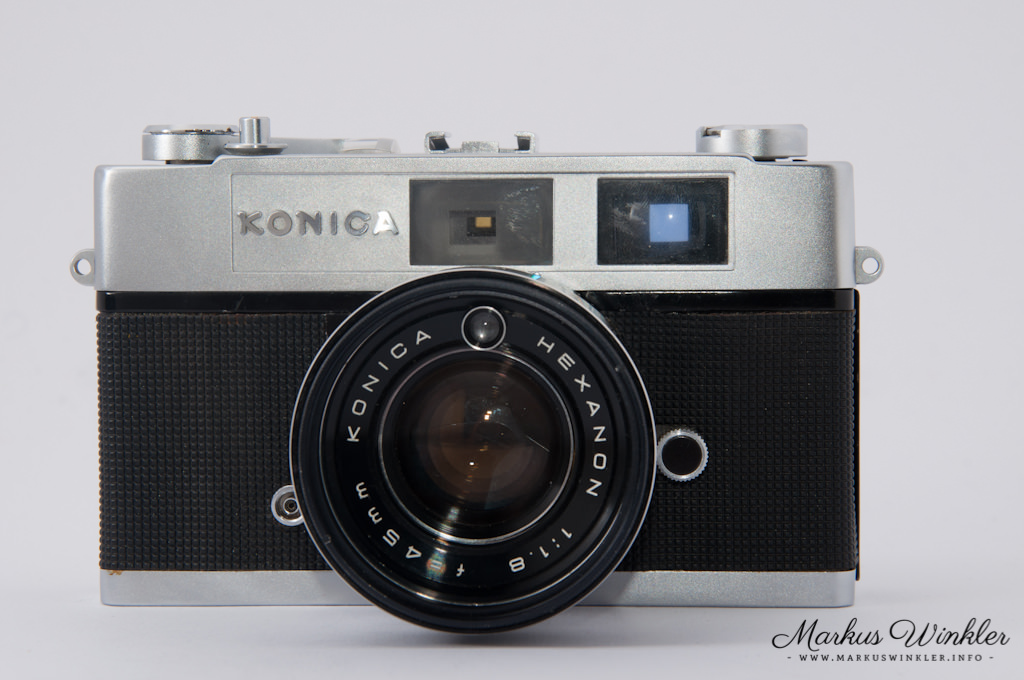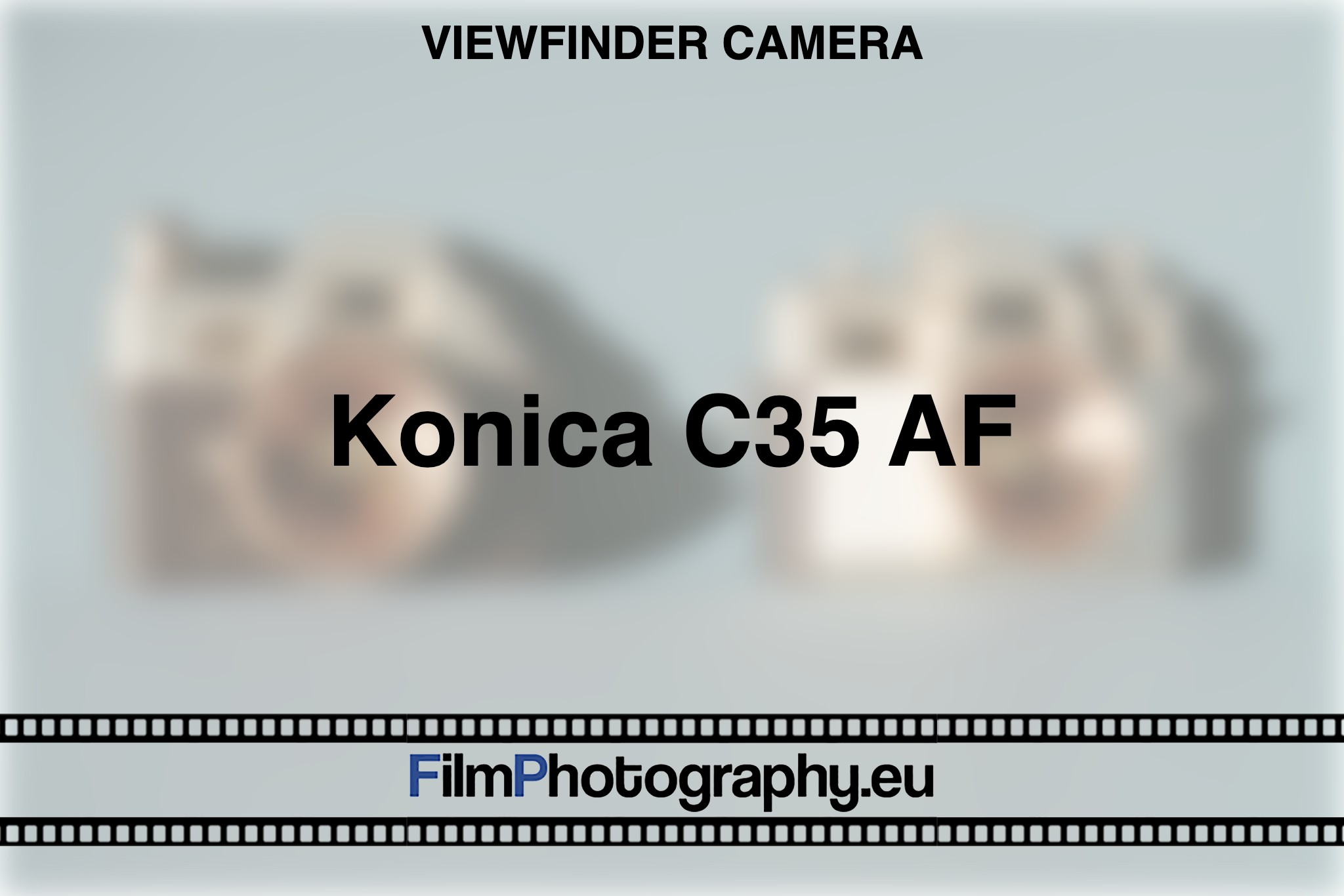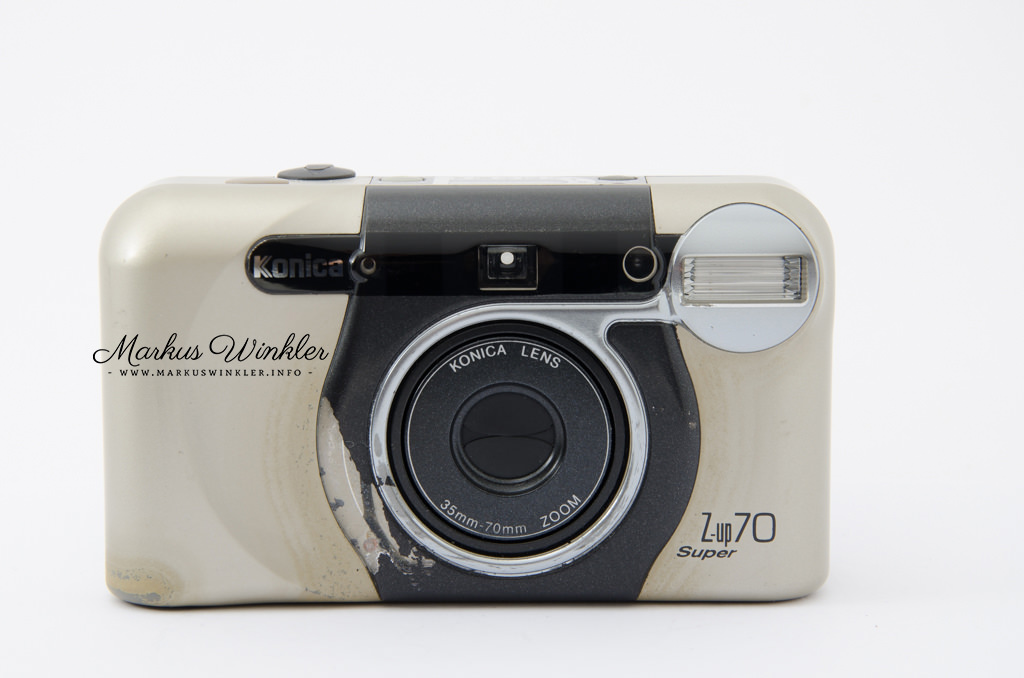Konica was a company from Japan. The company was founded in 1873 and manufactured cameras and films, among other products. The first consumer camera in Japan was introduced by Konica in 1902, the チェリー手提用暗函. In the decades that followed, more and more cameras followed. In 2003, Konica merged with Minolta to form the joint company “Konica Minolta.”
History of Konica
Chapter One: The Formative Years (1873 – 1902)
The birth of Konica is nestled in the quiet beginnings of a pharmacy trader establishment named Konishiya Rokubē. Founded in the heart of Tokyo by Rokusaburo Sugiura in 1873, this pharmacy venture unwittingly set the stage for a revolution in the photographic industry, predating industry giant Kodak.
In 1878, the mantle was passed on to Rokusaburō as he took over the family business and established the Konishi Honten or the Konishi Main Shop in the bustling Nihonbashi district of Tokyo, leaving the original shop to his younger brother.
As Japan embraced modernity, Rokusaburō recognized the need to localize the production of photography-related materials which were imported until that time. This insight led to the inception of a project in 1882 which would later play a pivotal role in establishing Konishi Main Shop as the leader in the camera industry in Japan.
Chapter Two: Pioneering Japanese Camera Production (1902 – 1948)
With the turn of the century came the launch of the “Cherry Portable Camera” in 1902. Notably the first user-oriented camera to be produced in Japan, this initiation marked the onset of a new era for Konishi Main Shop. As it continued to innovate and expand, the company gradually transitioned into Konishiroku Honten in 1921, heralding a new leadership under the stewardship of Konishi’s elder son.
In the years that followed, Konishiroku made significant strides in the industry, pioneering in the production of medium format cameras like the “Konica Pearl II” and the Omega cameras which utilized their exclusive Hexanon lenses. These products were significant milestones that propelled Konica into global recognition, branding it as a leader in camera technology.
Chapter Three: Trailblazing Technological Advances (1948 – 1987)
In 1948, the release of the “Konica I” marked a watershed moment for the company. Konica’s ingenuity was clearly demonstrated with their invention of the auto-exposure feature in single-lens reflex cameras, a revolutionary step that reshaped photography.
Not only did Konica introduce a new era of user-friendly camera operations with the launch of the Autoreflex in 1965, but they also refined the technology further with the introduction of the Autoreflex T in 1968, which featured a through-the-lens meter, blending automation with the ability for manual overrides.
Chapter Four: Expansion and Industry Shifts (1987 – 2003)
By 1987, when Konishiroku adopted the new name Konica, it was a powerhouse in the industry, employing close to 5,000 people. The 1990s saw Konica diversifying, making a significant footprint in the copier industry as evidenced by their landmark contract with Los Angeles County. This contract revolutionized the industry dynamics, pivoting from selling to leasing copiers, a strategy that would be replicated by others in the industry.
Chapter Five: Mergers, Transitions, and The End of an Era (2003 – 2006)
The turn of the millennium marked a significant chapter in Konica’s history, as it merged with Minolta in 2003 to form Konica Minolta. However, the joy of this union was short-lived as by 2006, Konica Minolta made the tough decision to exit the photography business. This move witnessed the closure of its photo imaging division and the transfer of its digital SLR camera section to Sony, which metamorphosed into the renowned Sony Alpha line.
Epilogue: Leaving a Mark in the Photographic Tapestry
Despite its exit from the photographic sphere, Konica’s legacy lives on. Not only in the Sony Alpha line, but also in the form of Konica’s film products that were a mainstay in the market for several decades. Their journey from the Sakura range to the Centuria line mirrors their commitment to innovation and quality. Konica’s imprint on the photographic industry remains undeniable, marked by a spirit of innovation and a commitment to quality that continues to inspire generations to come.














